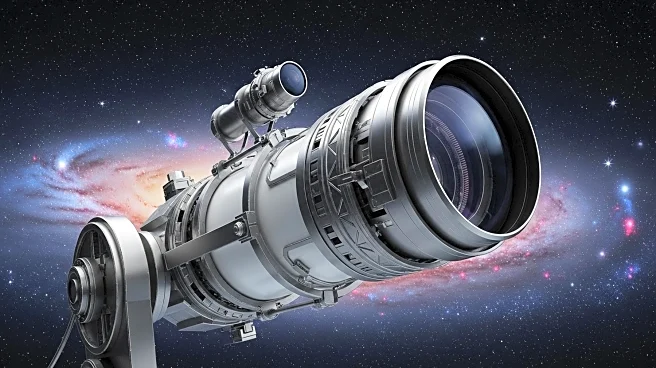What's Happening?
Scientists have discovered new organic molecules in data collected by NASA's Cassini spacecraft from Saturn's moon Enceladus. The data, which is over 15 years old, revealed particles containing organic molecules not previously identified in Enceladus's ejections. These findings suggest potential pathways to biologically relevant compounds, enhancing the likelihood of habitability on the moon. The Cassini mission, a collaboration between NASA, ESA, and the Italian Space Agency, orbited Saturn from 2004 to 2017, studying the icy plumes ejected from Enceladus's subsurface ocean.
Why It's Important?
The discovery of new organic molecules on Enceladus is significant as it strengthens the case for the moon's potential habitability. The presence of water and organic compounds makes Enceladus a prime candidate in the search for extraterrestrial life. This finding could have profound implications for our understanding of life's potential beyond Earth, influencing future space exploration missions and astrobiology research. The study highlights the importance of reanalyzing existing data with new techniques to uncover hidden insights.
What's Next?
The European Space Agency plans to launch a new mission to further explore Enceladus, focusing on its surface for signs of habitability. Continued analysis of Cassini's data and future missions could provide more definitive evidence of life-supporting conditions on the moon. The scientific community will likely focus on developing technologies and missions to directly sample and analyze Enceladus's subsurface ocean and its ejected plumes.










